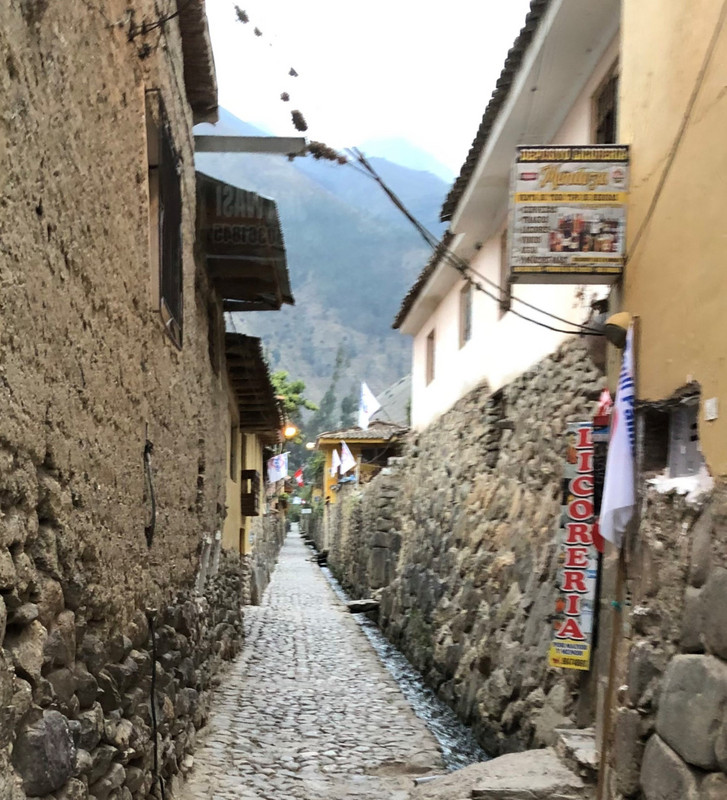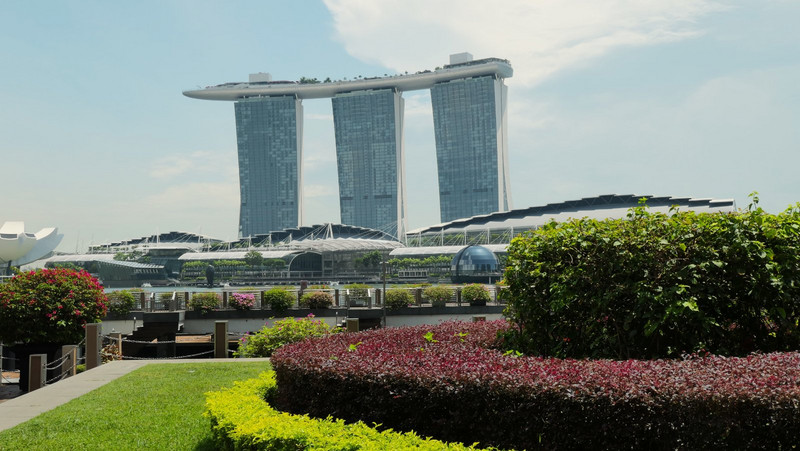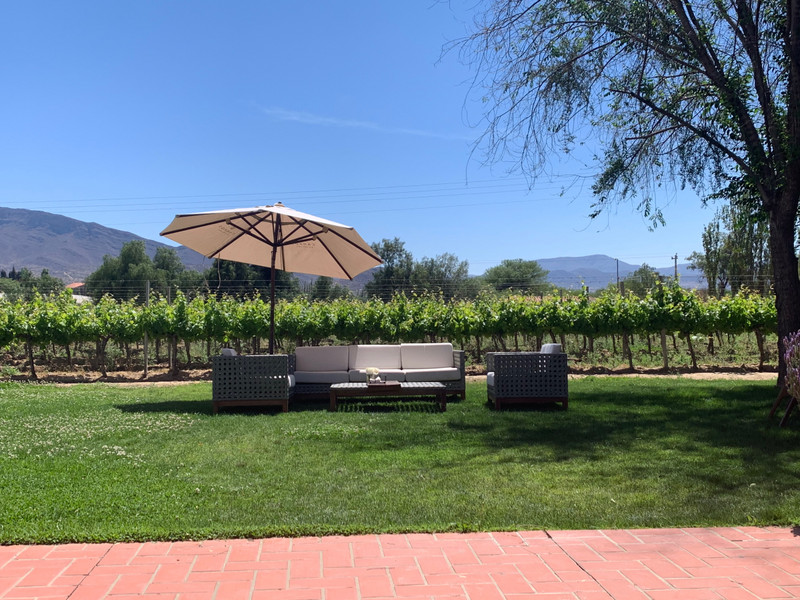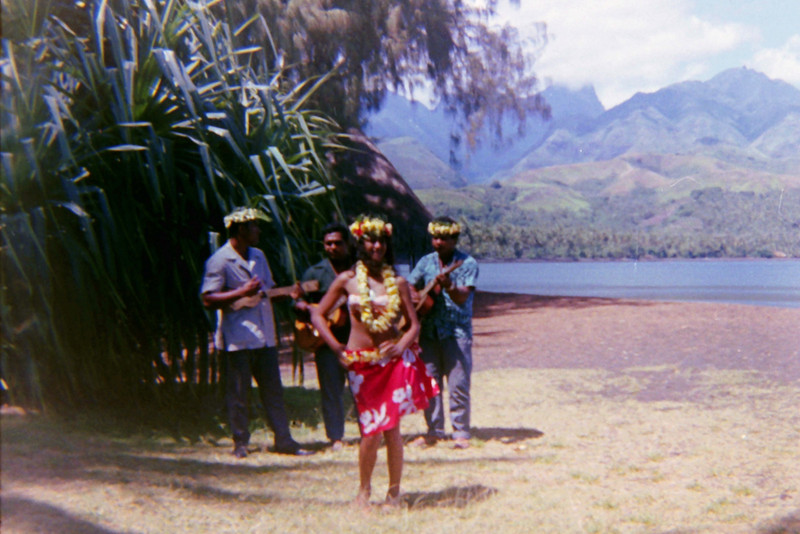Our last day in the Sacred Valley was dedicated to Machu Picchu. Often referred to as the Lost City of the Incas, it is the most familiar icon of Inca civilization.
Getting there is no easy task. First, we had to ride from our hotel in Urubamba to Ollantaytambos train station. The train ride to Aguas Calientes takes a little over 1 1/2 hours with a stop along the way for people who are continuing on the Inca Trail. The portion of the trail from the train stop to Machu Picchu is normally hiked in three to six days. The route goes over elevations between about 8,530 and 13,780 feet, and it is lined with Inca ruins
Upon our arrival in Aguas Calientes, there was another bus ride that climbs nearly 1,640 feet on a winding road to the entrance of the ruins where we had to stand in line to enter. This part of the trip was the most hair raising ride of all the hair raising rides wed had in Peru. I kept trying my best not to look down when I looked out the window since the edge of the road and the cliff beyond it
were close a good portion of the ride. Fortunately we were lucky that it wasnt raining, which is not in this location close to the jungle.
Considering that at one point our bus had to slam on the breaks to avoid an vehicle, it was very unnerving to hear that 4 tourists had died and another 16 were injured after the vehicle in which they were traveling fell into a ravine of more than 100 meters after leaving Machu Picchu.
Also unnerving was having to make way for a stretcher carrying a gentleman who had slipped on the steps and hit his head. That image was ever present in my mind with every step I descended later on. So, keep in mind that Machu Picchu is definitely not easy to get around. Walkways of stone blocks and thousands of uneven steps connect all the areas and major buildings.
But, standing at the top of the site looking down on this masterpiece justifies all the effort. Not only is its construction amazing and the preservation remarkable, but the view from almost every location in the city is breathtaking. For me, it was finally getting
the wish that I had been making since I arrived in Peru, to be able to see an Inca site that had not previously been destroyed.
There isnt much to be added to such a well known site. Machu Picchu was built in the classical Inca style, with polished walls. It is perched above the Urubamba River valley between the Machu Picchu and Huayna Picchu peaks at an elevation of 7,710 feet. One of the few major ruins found nearly intact, Machu Picchu was designated a UNESCO World Heritage site in 1983.
In 1911 Hiram Bingham randomly gave the name Machu Picchu to the ruins, but references by native Quechua speakers suggests that the abandoned Inca site was called Huayna Picchu, after the smaller peak. It is now believed that the original name was Yllampu, meaning resting place of the gods.
Machu Picchus southern, eastern, and western portions are surrounded by dozens of stepped terraces. These terraces were a work of considerable engineering, built to ensure good drainage and soil fertility while also protecting the mountain itself from erosion and landslides. Some of those terraces were still being used by local farmers when
Bingham arrived. Multiple canals and reserves throughout the city provided water that could be supplied to the terraces for irrigation and to prevent erosion and flooding.
The site is roughly divided into an urban sector and an agricultural sector, and into an upper town and a lower town. The temples are in the upper town. The western section, separated by the Main Plaza which is partly divided by wide terraces, was for religious and ceremonial purposes. The lower town is the place where the lower class people lived. It includes storage buildings and simple houses. At the southeastern end is the only formal entrance, which leads to the Inca Trail.









